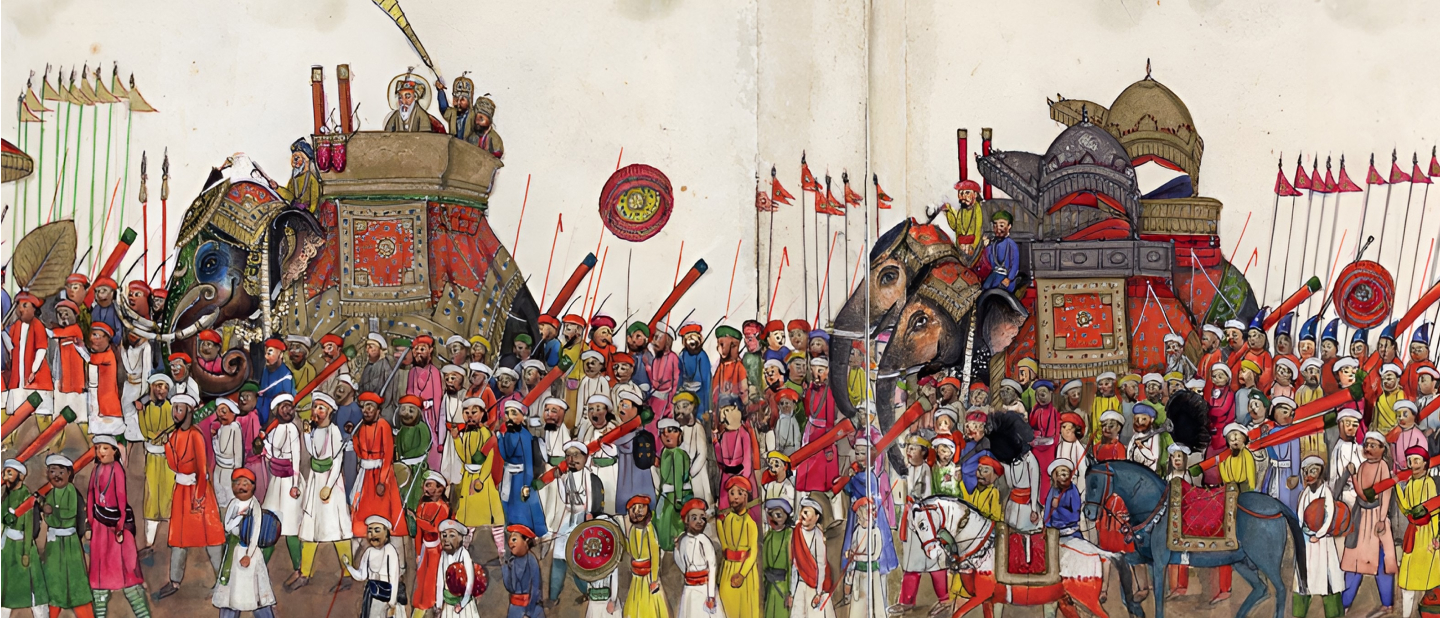The Masjid Barwada in Ghogha, Gujarat is believed to have been built by Sahabah traders during Prophet Muhammad's (PBUH) lifetime. Some historians suggest it may be older than Masjid Cheraman Juma in Kerala and the old Masjid Jumma in Tamil Nadu, both built around 630 CE, making Masjid Barwada a significant testament to Islam's early arrival in South Asia.

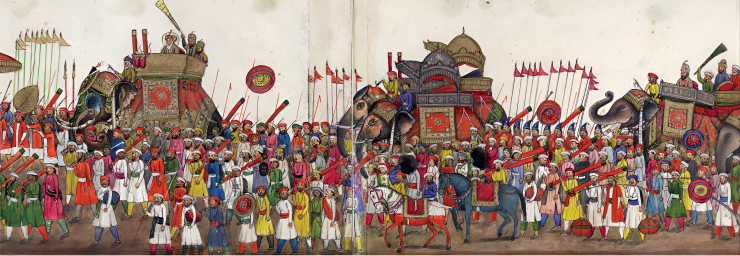
Arab and Persian traders were primarily sojourners in South Asia. It was not until the second half of the 7th century that they started settling on the southwestern coast of India. Their initial commercial and political ties formed the foundation for the strong affinity between later Muslim communities in southern and southwestern India with the wider Muslim world and Arab-Persian culture.
Between the arrival of Islam in South Asia during the 7th century and the decline of the Mughal Empire in the 19th century, South Asia became an important exporter of both people and ideas to other parts of the world, notably the Malay Archipelago. The Malay Archipelago, in turn, welcomed Muslim migrants from various areas in South Asia, including the westward areas of Gujarat and the Malabar Coast, and the eastern areas of Bengal and the Coromandel Coast.
Notable Gujarati Muslim families like the Angullias, Piperdies, Suratees and Jumabhoys migrated to Singapore and settled in ethnic enclaves on Market Street, Malacca Street, High Street and Arab Street. United by their trade and commerce professions, these families have become influential members of the community, excelling as successful businessmen, political leaders and officeholders.
Prior to their migration, Gujarati Muslims in Singapore formed close bonds with Hadhrami Arab families who also resided in the Bombay Presidency during British rule. They shared cultural and religious backgrounds, fostering a unique local identity through friendships and marriages. Their similar trades and social class led to frequent mingling and interaction between the Arab and Indian Muslim families involved in import-export and real estate businesses.
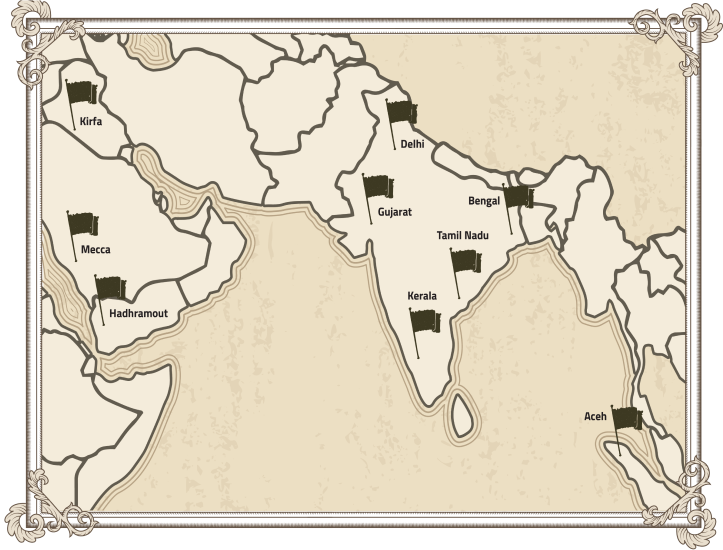
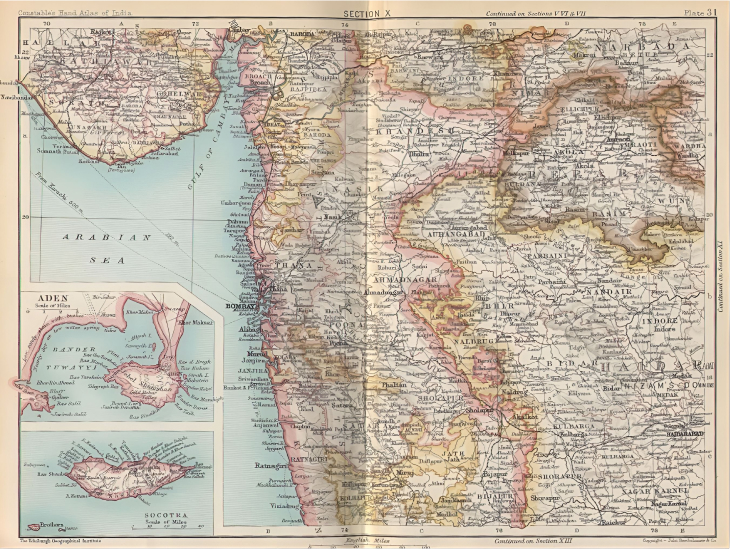
In the early 1800s, Singapore transformed into a bustling trading hub due to the establishment of shipping routes and the Anglo-Dutch Treaty of 1824. Traders from all over the world, including the Javanese, Bugis, Chinese, Arabs and Indians, settled in the region and set up warehouses and offices near the harbour. They traded a variety of goods, from spices, to cotton and gambier, with the help of the native population and foreign labourers.
Early Indian migration to Singapore was mainly driven by Tamil Muslim merchants and Chettiar bankers. Later, the Kangany system brought indentured labourers, resulting in a significant rise in the Tamil Hindu population. Much of the Indian population in Singapore was from South India and spoke Tamil, Malayalam, or Telugu, while a minority of Northerners, including Gujaratis, Punjabis, and Bengalis, were also present.

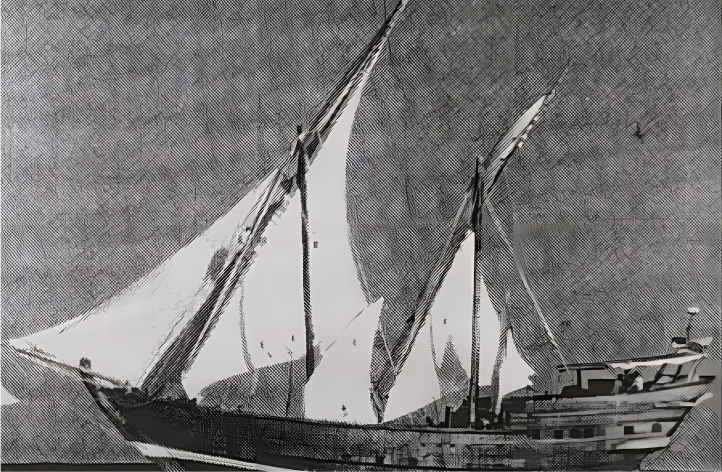
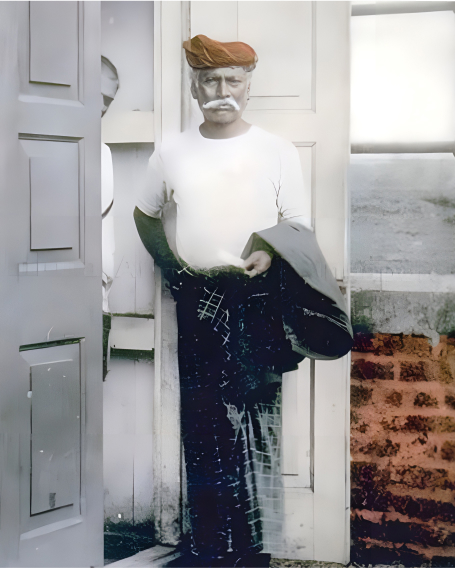
Many influential Muslim scholars, saints, and religious leaders settled in the region by marrying locals, leaving an indelible mark on the local populace through their scholarship, piety and miracle-working. Shaikh al-Islam ar-Raniri was an example of such influential figures.
Shaikh al-Islam Nuruddin ar-Raniri or ar-Randeri, a polyglot scholar, achieved the esteemed position of Mufti in the Kingdom of Sultan Iskandar Shah of Aceh. He served with distinction at the Sultan's court before returning to his hometown of Rander in Gujarat, which also happens to be the ancestral homeland of the Angullia family. In 1658 CE, he passed away in Rander, leaving a lasting impact through his contributions.
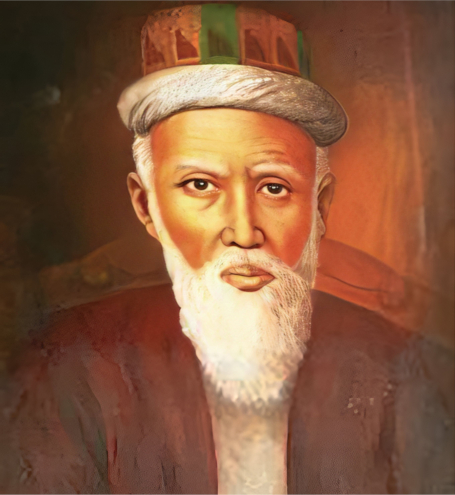
Gujarat, a state in Northwest India, is a coastal region known for its seafaring and business-oriented Gujarati ethnic group. During British rule, Gujarat became part of the Bombay Presidency in the early 1800s, and with the advent of the industrial revolution and trans-ocean steamships, many Gujaratis migrated to Southeast Asia for better opportunities.
In the 1830s, Gujaratis started migrating to Singapore as traders and gradually settled with their families by the early 1880s. They lived in ethnic enclaves like Market Street, Chulia Street, Geylang, and Katong.
Prominent businesses such as Warimbawa, Maskati, Lokmanji, and Angullia engaged in import-export trade. Initially, most Gujaratis travelled by ship, which took around 15 days, but later, travel time was reduced to five to six days. As the Gujaratis settled, they took on leadership roles and contributed to the social scene in Singapore.
